#pollutions
Text
Petition for Anti- pollution
We're SERIOUSLY going to kill not only ourselves, but millions of others, including people, animals, AND the environment if we don't get the pollution and stuff fixed. We're killing our home, our planet, we don't get a second chance if we kill earth, guys, we really, really don't.
Pollution, fossil fuels and oil? That's going to get us all killed, and fast too with how global warming and climate change is picking up.
#pollution#pollution solutions#pollutions#polluted air#polluted water#clean air#anarchism#anarchy#anti capitalism#anticapitalism
3 notes
·
View notes
Text

130K notes
·
View notes
Text
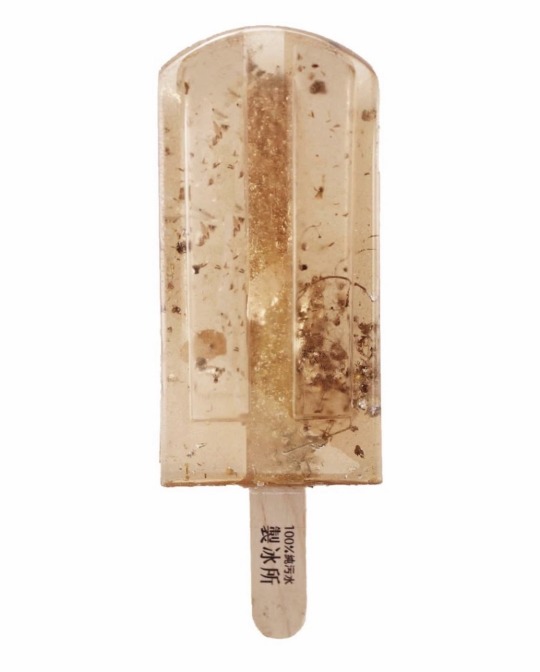

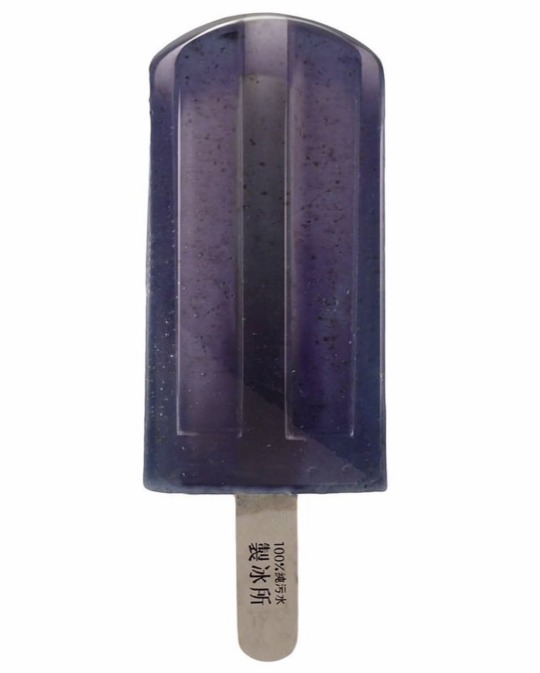





‘Polluted Water Popsicles’ (2017) by: Hung I-chen, Guo Yi-hui & Chen Yu-ti
Addressing the issue of water pollution, the artists collected samples from 100 locations across Taiwan, first freezing the liquids and then preserving their creations in resin.
#trashcore#enviornment#enviormentalism#popsicles#art#resin art#awareness#pollution#aesthetic#2017#taiwan#cottagecore#weirdcore#asia#artblr#waste#trash#resin
18K notes
·
View notes
Text
my dad, trying to explain the concept of money to me: say you have a sandwich, and i need your sandwich. but i don't have anything to give you. you're not just gonna give it to me.
me: i would just give it to you.
my dad:

217K notes
·
View notes
Link
““The Great Pacific Garbage Patch can now be cleaned,” announced Dutch entrepreneur Boyan Slat, the wonderkid inventor who’s spent a decade inventing systems for waterborne litter collection.
Recent tests on his Ocean Cleanup rig called System 002, invented to tackle the 1.8 trillion pieces of plastic pollution, were a success, leading Slat to predict that most of the oceanic garbage patches could be removed by 2040.
Intersections of ocean currents have created the massive floating islands of plastic trash—five slow-moving whirlpools that pull litter from thousands of miles away into a single radius.
The largest one sits between California and Hawaii, and 27-year-old Slat has been designing and testing his systems out there, launching from San Francisco since 2013.
GNN has reported on his original design for the floating device, but his engineering team improved upon it. System 002, nicknamed “Jenny,” successfully netted 9,000 kilograms, or around 20,000 pounds in its first trial.
It’s carbon-neutral, able to capture microplastics as small as 1 millimeter in diameter, and was designed to pose absolutely no threat to wildlife thanks to its wide capture area, slow motion, alerts, and camera monitors that allow operators to spy any overly-curious marine life...
Slat estimates ten Jennies could clean half the garbage patch in five years, and if 10 Jennies were deployed to the five major ocean gyres, then 90% of all floating plastic could be removed by 2040.” -via Good News Network, 10/19/21
#great pacific garbage patch#pacific ocean#pollution#plastic#plastic waste#dutch#california#hawaii#microplastic#good news#hope
76K notes
·
View notes
Text

When politicians say they want to take Britain back the 1950s and they actually deliver.
6K notes
·
View notes
Text
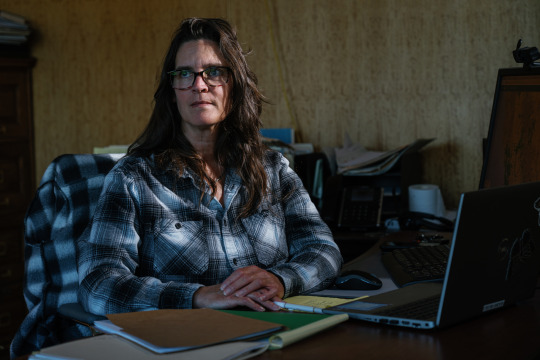
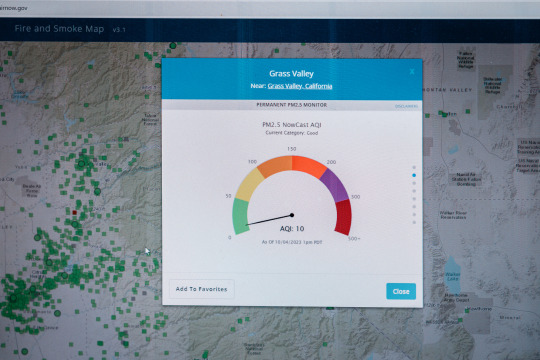

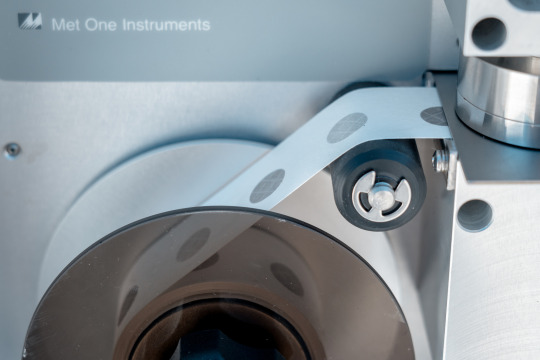








Latest for The Guardian
Major investigation shows local governments are increasingly exploiting a loophole in the Clean Air Act, leaving more than 21 million Americans with air that’s dirtier than they realize.
A legal loophole has allowed the US Environmental Protection Agency to strike pollution from clean air tallies in more than 70 counties, enabling local regulators to claim the air was cleaner than it really was for more than 21 million Americans.
Regulators have exploited a little-known provision in the Clean Air Act called the “exceptional events rule” to forgive pollution caused by “natural” or “uncontrollable” events – including wildfires – on records used by the EPA for regulatory decisions, a new investigation from the California Newsroom, MuckRock and the Guardian reveals.
In addition to obscuring the true health risks of pollution and swerving away from tighter control on local polluters, the rule threatens the potency of the Clean Air Act, experts argue, at a time when the climate crisis is posing an unprecedented challenge to the health of millions of Americans.
1 note
·
View note
Photo
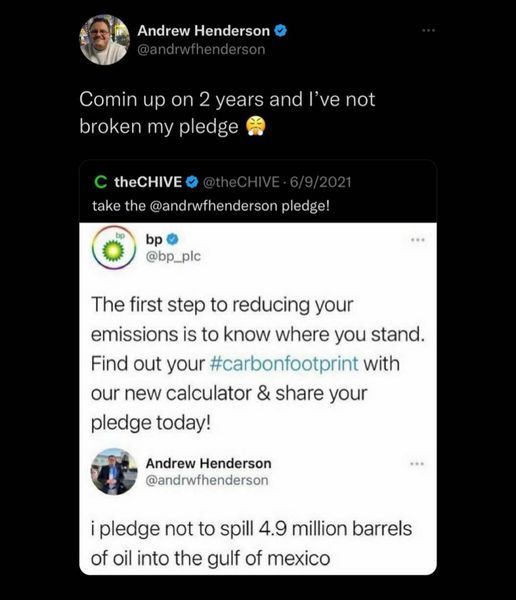
Have you ever seen such audacity?
18K notes
·
View notes
Text
touching grass is not enough i need to see the night sky as it looked to an ancient greek
#tagamemnon#recently went to a talk on practical astronomy in ancient greece and i just.#i need to travel somewhere without light pollution GOD!!!!! I WANT TO SEE THE SKY AS PEOPLE LISTENING TO THE ODYSSEY#queueusque tandem abutere catilina patientia nostra
53K notes
·
View notes
Photo

FROM : chirmartir - Sea pollution, shameful
#chirmartir#beaches#pollutions#waves#gifs#seas#oceans#news#accidents & news & various infos#sea views & coasts & beaches & islands & waves
14 notes
·
View notes
Text
https://www.lightpollutionmap.info/

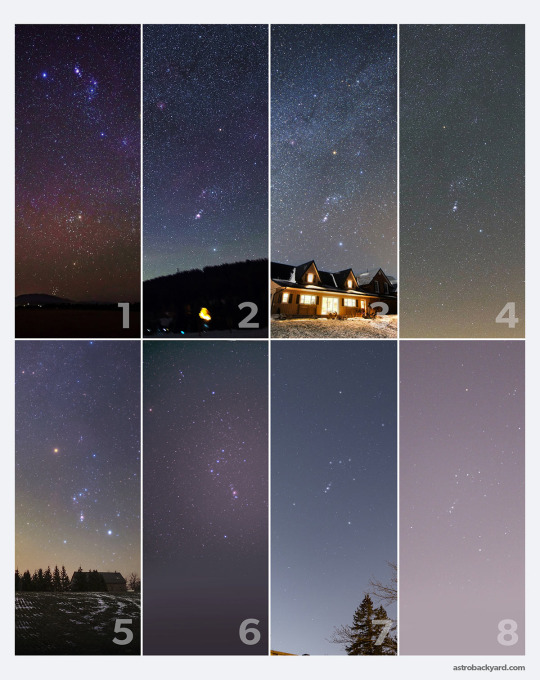
if you're worried about the website finding out where you live. dont worry. it already knows where you are just by you opening the page, this goes for every website btw. As always reblog for higher sample size
35K notes
·
View notes
Text
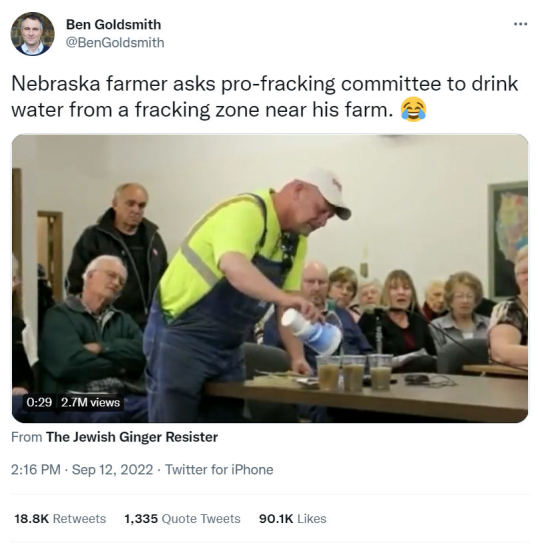
They don't seem eager for a sip of contamination smoothie!

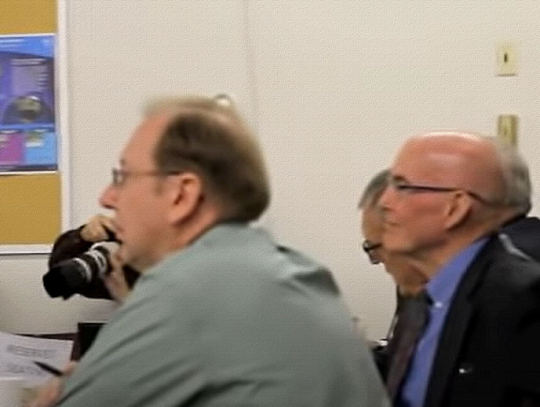
The UK government has just unbanned fracking while everyone's distracted by the royal circus
49K notes
·
View notes
Photo

You feel you've been here, once before — a memory that was not quite yours.
#artists on tumblr#illustration#rough painting#liminal#wolf#light pollution on snowy nights#after dark and strangely bright#jennabarton#(this was an early draft of the 'wolf i knew' piece :)
29K notes
·
View notes
Text
Socks, food, and the ocean—they all have one thing in common: microplastics.
To tackle the microplastic pollution problem, researchers and policy experts from the Aquarium and @mbari-blog created an open-source library dedicated to helping researchers trace these tiny culprits back to their source. Check out the webcomic below to learn more!


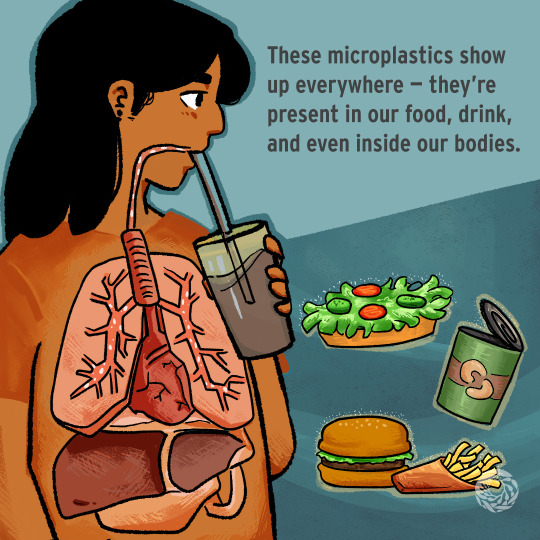


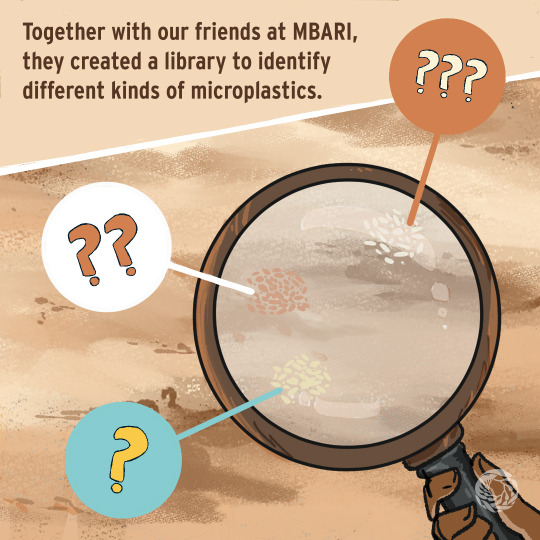
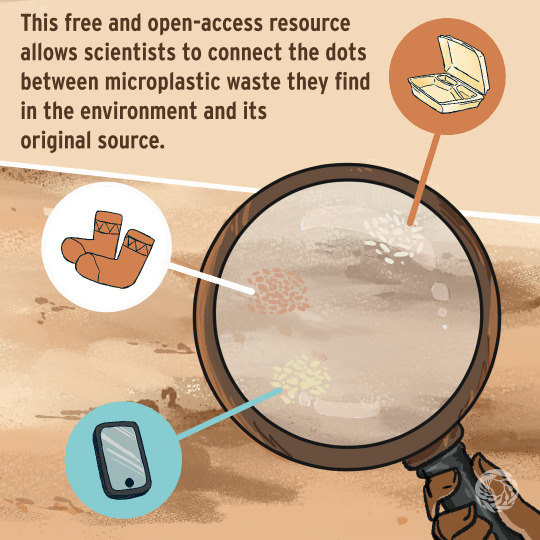


You can read more about the library on our website. Together we can take down plastic pollution! 💙🌍
#monterey bay aquarium#open source innovation sensation#journey to the solution to plastic pollution
4K notes
·
View notes
Text
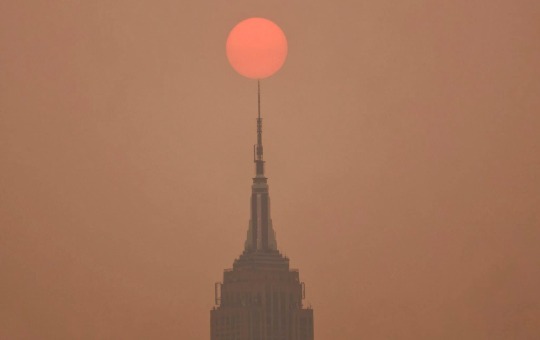
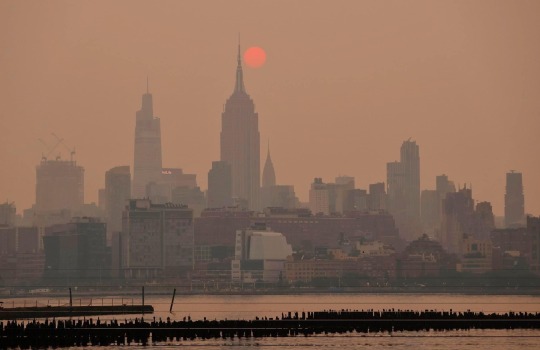

Canadian wildfire smoke creates hazy skies and unhealthy polluted air quality in New York City (2023)
The sun is shrouded as it rises in a hazy, smoky sky behind the Empire State Building, One Vanderbilt and the Chrysler Building in NYC.
10K notes
·
View notes
Text

Welcome to my Tuesday morning PSA about plastics!
So--I was walking along the Bolstadt beach approach sidewalk here in Long Beach, WA yesterday afternoon, and I started seeing these little orange pellets on the ground that looked a little bit like salmon roe (but probably weren't). So I picked one up, and it was most definitely rubber. I went around picking up every one I could find, and while I didn't keep exact count I probably amassed 50-60 of them. I took this picture before depositing them in the nearest trash can.
These are airsoft gun pellets, and you can buy them in big jars containing thousands of them. That means that someone who decided that the beach was a great place to shoot their airsoft guns could easily litter the place with countless little bits of plastic rubber in less than an hour. We already have a huge problem here with people leaving trash, including tiny bits of plastic, all over the beach (you should see the gigantic mess after 4th of July fireworks when thousands of people come in from out of town, blow things up, and then leave again without picking up after themselves.)
But these airsoft pellets have a particularly nasty side effect. You know how my first thought was "wow, those look kind of like salmon roe?" Well, we have a number of opportunistic omnivore birds like crows, ravens, and several species of gull that commonly scavenge on the beach, especially along the approaches because people often feed them there. If I can catch the resemblance of an orange airsoft pellet to a fish egg, then chances are there are wildlife that will assume they're edible.
Since birds don't chew their food, they probably won't notice that the taste or texture is wrong--it'll just go down the hatch. And since they can't digest the pellets, there's a good chance they might just build up in the bird's digestive system, especially if the bird eats a large number of them--say, fifty or sixty of them dropped on the ground along the same fifty foot stretch of sidewalk. The bird might die of starvation if there's not enough capacity for food in their stomach--or they might just die painfully of an impacted gut, and no way to get help for it. If the pellets end up washed into the ocean, you get the same issue with fish and other marine wildlife eating them, and then of course the pellets eventually breaking up into microplastic particles.
You can get biodegradable airsoft pellets; they appear to mainly be gray or white in color rather than bright screaming orange and green. But "biodegradable" doesn't mean "instantly dissolves the next time it rains." An Amazon listing for Aim Green biodegradable airsoft pellets advertise them as "Our biodegradable BBs are engineered to degrade only with long-term exposure to water and sun and will degrade 180 days after being used." That's half a year for them to be eaten by wildlife.
I don't know, y'all. That handful of carelessly dropped rubber pellets just encapsulates how much people don't factor in the rest of nature when making decisions, even on something that is purely for entertainment like an airsoft gun. We could have had a lot of the same technological advances we have today, but with much less environmental impact, if we had considered the long-term effects on both other people and other living beings, as well as our habitats. We could have found ways from the beginning to make these things in ways that benefited us but also mitigated any harm as much as possible. Instead we're now having to reverse-engineer things we've been using for decades, and sometimes--like the "biodegradable" airsoft pellets--they still have a significant negative impact.
But--at least there are people trying to do things better, thinking ahead instead of just on immediate profit. We're stuck in a heck of a mess here, figuratively and literally, and changing an entire system can't be done in a day. Maybe we can at least keep pushing for a cultural shift that emphasizes planning far into the future--if not the often-cited "seven generations ahead", then at least throughout the potential lifespan of a given product.
#plastics#microplastics#environment#environmentalism#conservation#nature#pollution#litter#birds#tw animal death#animal welfare#ecology#science#wildlife#animals#scicomm#pnw#airsoft#biodegradable#solarpunk
4K notes
·
View notes